African Americans and Africa: A New History
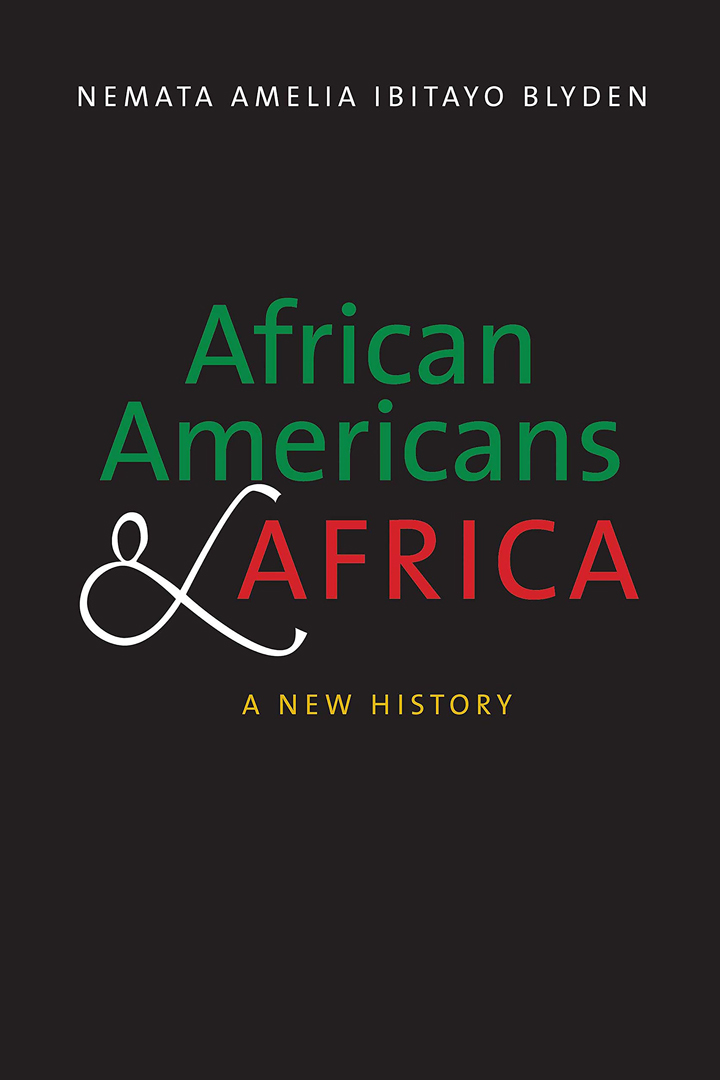
What does it mean to be African American and how does this identity relate to the African continent? Rising immigration levels, globalization and the United States’ first African American president have all sparked new dialogue around those questions. In her new book, Associate Professor of History and International Affairs Nemata Blyden explores the relationship between African Americans and Africa, from the era of slavery to the present. Investigating fundamental questions to the study of African American history and culture, she examines the diversity of African American identities through relationships with region, ethnicity, slavery and immigration.
René Magritte and the Art of Thinking
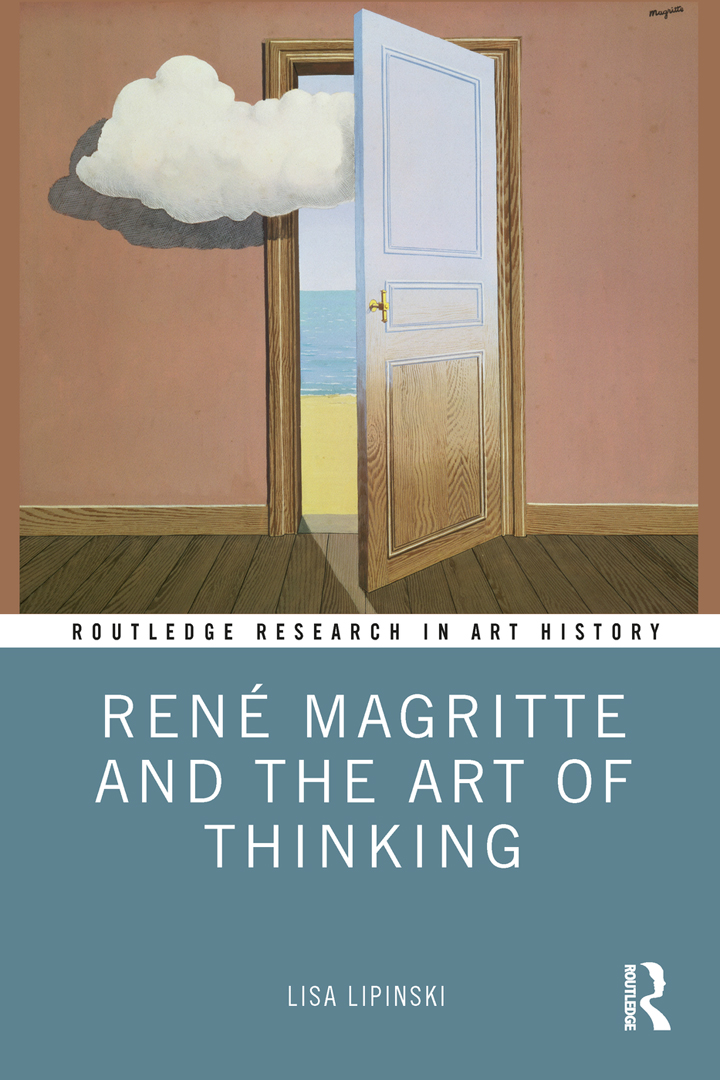
For Surrealist artist René Magritte, painting was a form of thinking. Through depictions of ordinary objects rendered with illusionism, Magritte probed the limits of our perception—what we see and cannot see, the nature of representation—as a philosophical system for presenting ideas. In her study of Magritte’s masterpieces and their enduring cultural relevance 50 years after the artist’s death, Assistant Professor of Art History Lisa Lipinski argues that Magritte’s painting is about vision and the act of viewing, of perception itself and the process of how we see and experience objects in the world.
On the Rock: The Acropolis Interviews

Greece’s marble workers laboring on the decades-long restoration of the Acropolis are the invisible force rebuilding one of the world’s most storied monuments. Inheritors of millennia-old tradition, their work is a highly technical amalgam of past and present. Yet what these master marble carvers do and how they do it has gone largely undocumented. In a series of interviews, Allyson Vieira, assistant professor of foundations, captures the skilled craftsmen’s stories in their own words as she explores their techniques and training. Her book brings together ancient building practices, the teaching of traditional craft, changes in the practice of architectural restoration and the social and class dynamics within the restoration site.
Partitions: A Transnational History of Twentieth-Century Territorial Separatism
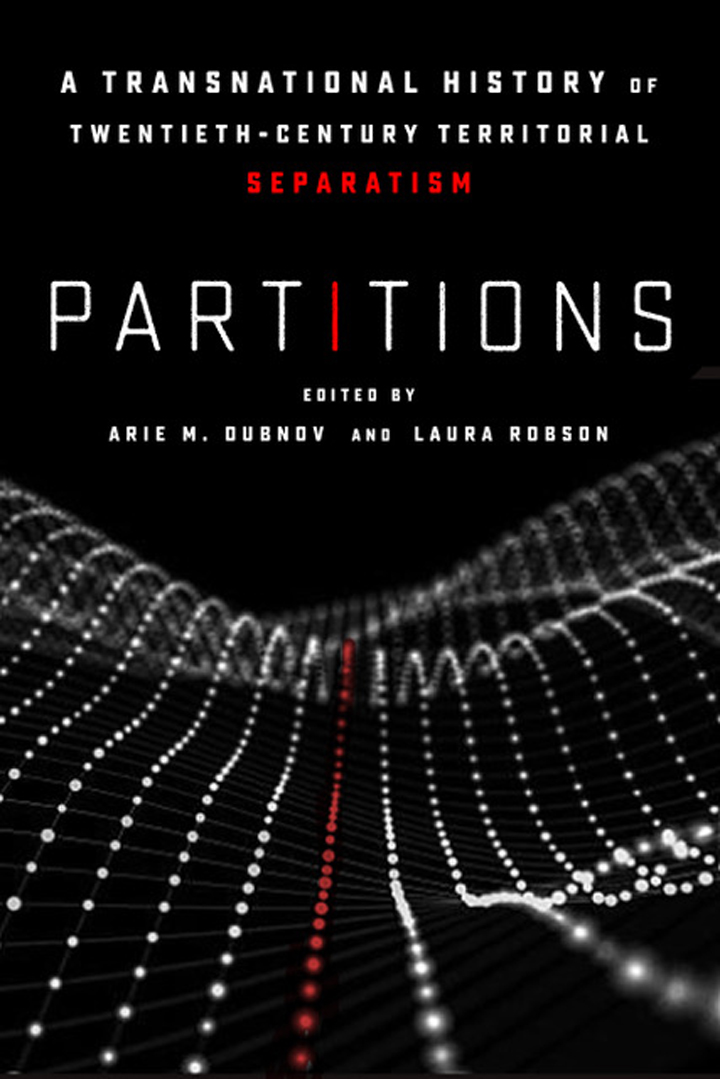
Arie M. Dubnov, the Max Ticktin Chair of Israel Studies, co-edited this first collective history of the concept of partition, the physical division of territory along ethno-religious lines into separate nation-states. Partition is often presented as a successful political “solution” to ethnic conflict. In the 20th century, at least three new political entities—the Irish Free State; the Dominions (later Republics) of India and Pakistan; and the State of Israel—emerged as results of partition. This volume traces the emergence of partition in the aftermath of the First World War and locates its genealogy in the politics of 20th century empires and decolonization.
Where I Have Never Been: Migration, Melancholia, and Memory in Asian American Narratives of Return
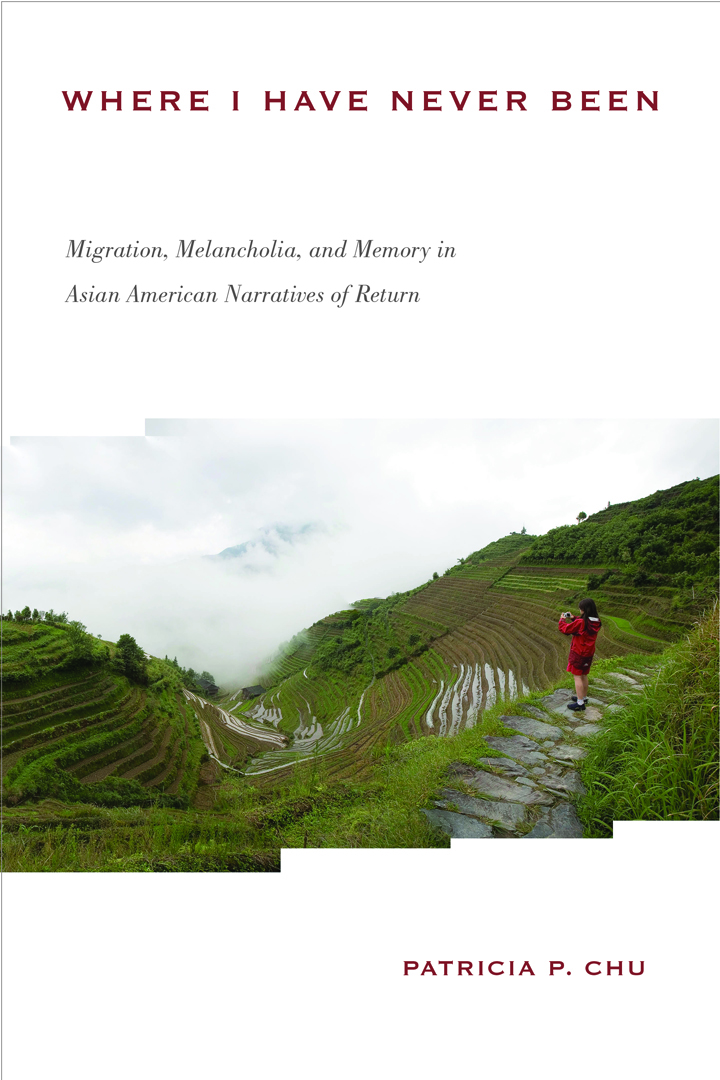
Professor of English Patricia Chu presents narratives from 100 diasporic Asian Americans who “returned” to their ancestral countries—both literal return visits by emigrants and symbolic returns in the form of first visits by their offspring. These stories depict migration-related melancholia, question official histories and portray Asian diasporic families as flexible and transpacific. Through these narratives, Chu seeks to remedy widely held anxieties about cultural loss and the erasure of personal and family histories from public memory. She recasts Asian Americans not only as minorities in America, but also as global subjects in tales of educational exchange, commerce and global migration.
Race (The New Critical Idiom)

If race is a central part of human identity, can one own or disown one’s race? To which community would a multiracial person, immigrant or diasporic subject belong? And is there a future for race as a viable concept? Professor of English Alexa Alice Joubin co-authored this new perspective on race studies that places “race” at the intersections of gender, class, whiteness, blackness and “invisible races.” Tracing the legacy of race from the Middle Ages to the Renaissance to the 20th century, she examines racialized language throughout the world—South Africa, Israel, India, Western Europe, the United States and East Asia. From Black Lives Matter to the #MeToo movement, she demonstrates that race is profoundly constituted by language and narratives.
The Internet Trap: How the Digital Economy Builds Monopolies and Undermines Democracy

The Internet was supposed to fragment audiences and make media monopolies impossible. Instead, behemoths like Google and Facebook now dominate the time we spend online and grab all the profits from the attention economy. What went wrong? In this award-winning book, Matthew Hindman, associate professor of media and public affairs, explains why the Internet is not the postindustrial technology that has been sold to the public. He sheds light on the stunning rise of the digital giants and the online struggles of nearly everyone else and reveals what small players can do to survive in a game that is rigged against them.
Ghetto: The History of a Word
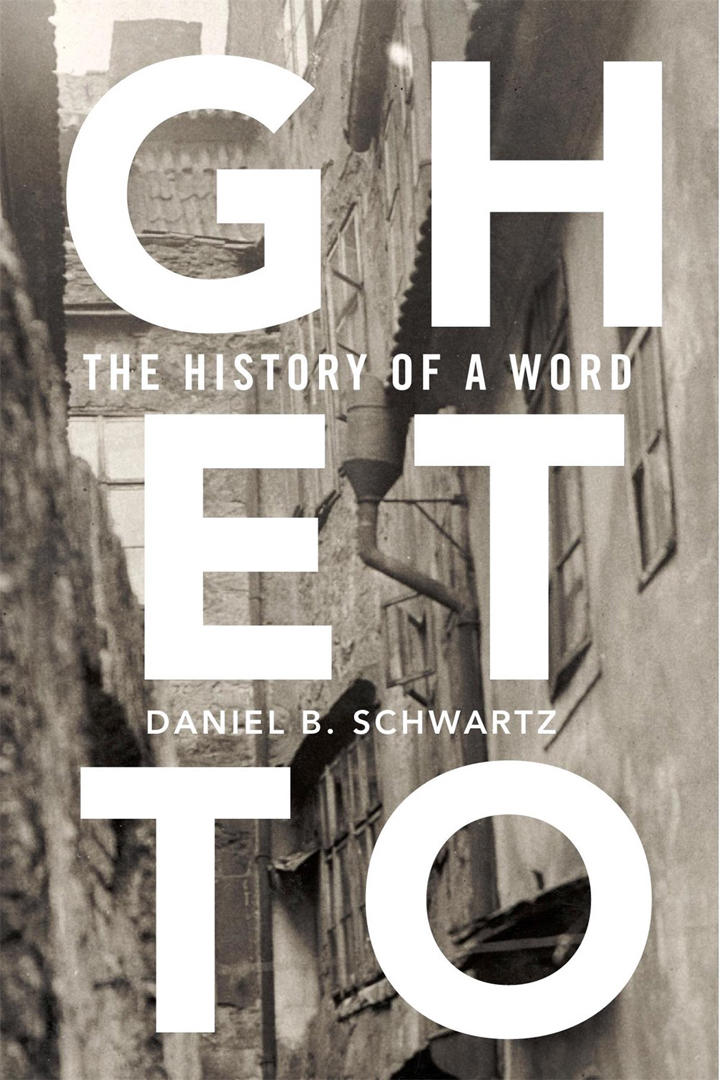
What is a ghetto? A racially segregated city block? An enclave of immigrants? A walled urban prison? Associate Professor of History Daniel Schwartz traces the historical path of the ideologically charged term from its first usage in the Jewish quarter of 16th century Venice to the Nazi holding-pens of Eastern Europe to the streets of New York’s Lower East Side. Using the word as a window into the shifting nature of cultural identities, Schwartz explains how “ghetto” has evolved through history. Whether associated with Jews, immigrants or African Americans, it has stood for both oppression and resilience, a sign of segregation and a badge of authenticity, a symbol of bigotry and a synonym for home.


